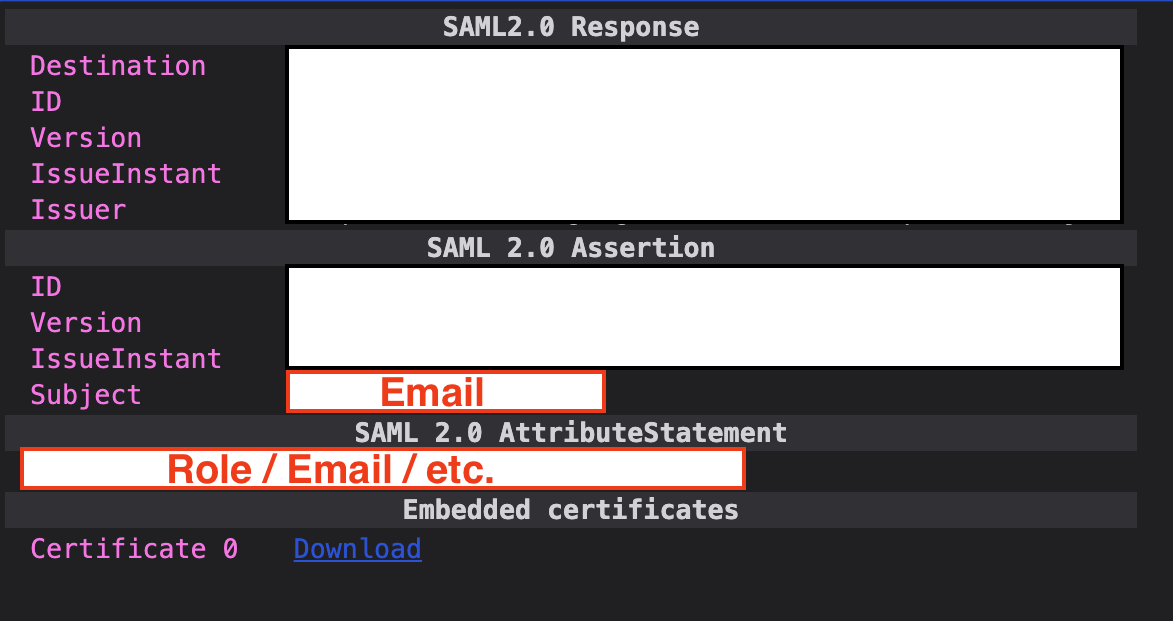SkyPath SSO Integration
Introduction
SkyPath provides an option to authenticate using Single Sign On integration. This, by utilizing SAML 2.0 protocol. This document contains SkyPath information and client information required by SkyPath for integration.
SkyPath SAML 2.0 Information
The following tables provides the SkyPath SAML 2.0 information you should set in your SSO system.
- Metadata URL: URL where the metadata file can be obtained.
- ACS URL: assertion Consumer Service (ACS) URL, which is used for receiving SSO assertions.
- Entity ID: unique identifier for the SSO entity.
- Logout URL:
optionalURL where SAML logout requests and responses are sent. This is used to initiate or complete Single Logout (SLO) for users. If your IdP supports SAML Single Logout, configure this URL in your SSO system. - Name ID Format: format of the Name ID used in SSO.
Development Environment
| Item | Value |
|---|---|
| Metadata URL | https://staging-api.skypath.io/v2/sso/metadata.xml |
| ACS URL | https://staging-api.skypath.io/v2/sso/assert |
| Entity ID | https://staging-api.skypath.io/v2/sso/metadata.xml |
Logout URL optional | https://staging-api.skypath.io/v2/sso/assert |
| Name ID Format | unspecified or persistent |
Production Environment
| Item | Value |
|---|---|
| Metadata URL | https://api.skypath.io/v2/sso/metadata.xml |
| ACS URL | https://api.skypath.io/v2/sso/assert |
| Entity ID | https://api.skypath.io/v2/sso/metadata.xml |
Logout URL optional | https://api.skypath.io/v2/sso/assert |
| Name ID Format | unspecified or persistent |
Client SAML 2.0 Information (Required by SkyPath)
The following information is required by SkyPath for SSO integration.
Note: we require information for both for Development and Production environments.
-
Metadata URL: URL where the service provider (SP) metadata file can be obtained.
a. For example:
https://api.skypath.io/v2/sso/metadata.xml -
Login URL: URL of endpoint where the user can initiate the login process for the SSO integration.
a. For example:
https://auth.company.com/login/idp/saml -
Logout URL: URL of endpoint where the user can initiate the logout process for the SSO integration.
a. For example:
https://auth.company.com/logout/idp/saml -
Name ID: Ensure that your Identity Provider (IdP) sends the email address in the SAML response as the NameID (or provide it as an attribute (section 5)).
-
Attributes: In addition to the required email, your Identity Provider (IdP) can send additional attributes in the SAML assertion to provide more user information. Role is a required attribute. In the event that role is not provided, default will be pilot.

- Name ID Format: format or type of the Name ID exchanged during the SSO process.
a. For example:
unspecifiedorpersistent